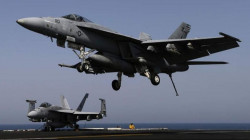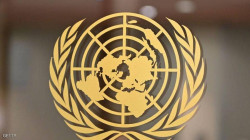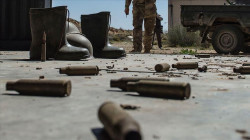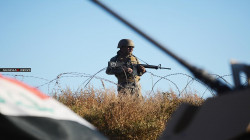Al-Anbar's forgotten treasures: what if wisely exploited?
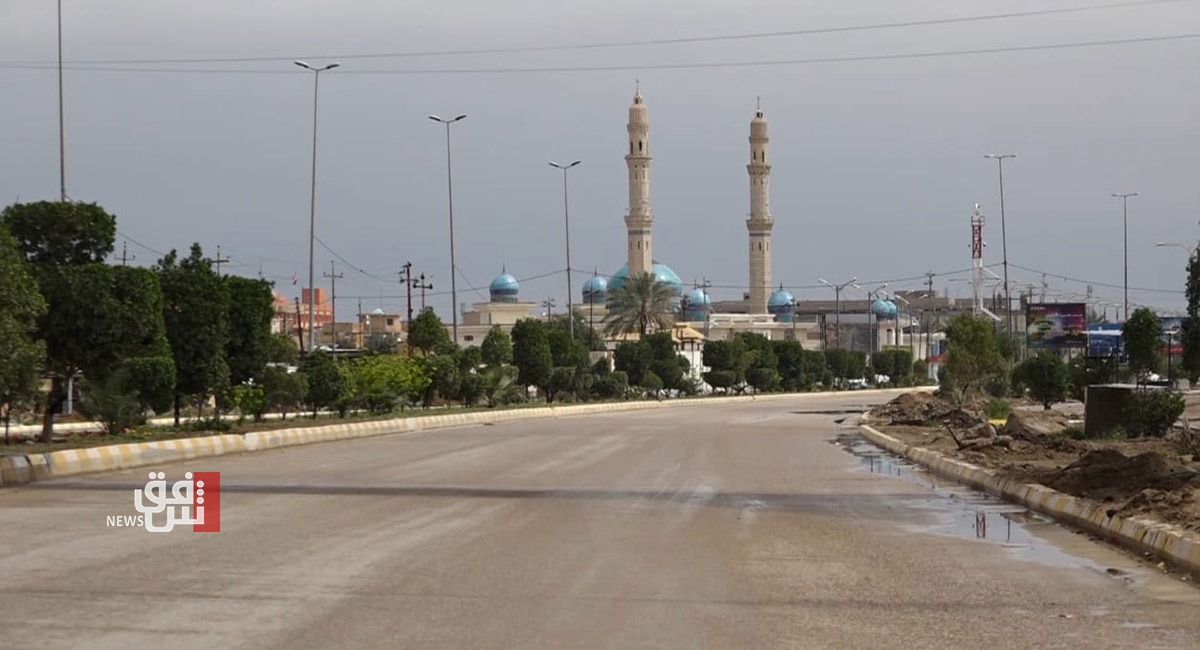
Shafaq News/ The governorate of Al-Anbar, situated in the western region of Iraq, possesses an extensive array of natural resources, the prudent investment of which holds the potential to become a significant economic asset, thereby substantially contributing to the enhancement of Iraq's overall standards.
Covering a land area of 138,500 square kilometers, approximately 32% of Iraq's total expanse, and accommodating a population of 1.6 million residents as per the 2014 census, Al-Anbar is geographically bordered by the Saladin and Nineveh governorates to the north, Syria to the northwest, Jordan to the west, Baghdad to the east, Saudi Arabia to the south, and Karbala and Najaf governorates to the southeast.
Within the region of Al-Anbar lie abundant, yet often overlooked, treasures. Notably, substantial deposits of natural gas and oil, alongside various mineral resources such as gold, phosphate, iron, uranium, sulfur, silver, bitumen, sand, and gravel, are found.
Remarkably, the natural gas reserves in Al-Anbar rank as the largest in Iraq, amounting to roughly 53 trillion cubic feet. This immense supply is capable of satisfying Iraq's gas imports from Iran for a period of approximately 3,000 days, equivalent to over eight years. Moreover, its estimated monetary worth surpasses 25 billion dollars.
Additionally, Al-Anbar boasts extensive phosphate reserves, surpassing 10 billion tons in its desert regions. Valued at $1.5 trillion, these reserves account for approximately 9% of the world's total phosphate reserves, making Iraq the second-largest holder of such reserves globally, following Morocco.
Regarding crude oil, Al-Anbar possesses an estimated reserve of about 300 billion barrels, an amount sufficient for exportation at the current capacity for an astonishing 273 years. Furthermore, estimates indicate that the governorate harbors approximately 60 million tons of iron reserves.
Furthermore, the region is rich in other valuable materials such as glass sand, limestone, dolomite, kaolin, flint clay, porcelinite, bauxite, quartzite, black sand, montmorillonite clay, and various other resources, although precise assessments of their size or reserves have yet to be determined.
In the realm of agriculture, Al-Anbar boasts an impressive count of 2.5 million palm trees and extensive agricultural lands. The cultivation of vital crops such as wheat, autumn and spring potatoes, barley, yellow maize, onions, and fodder takes precedence in the region. The agricultural practices in the governorate primarily rely on irrigation systems, wells, natural springs, and rainfall to sustain productivity.
To harness the immense potential of these resources, several significant projects have been established within the governorate. Notable among them are the Haditha Dam and its accompanying hydroelectric station, the diesel project, the glass and ceramic factory, as well as the cement factory located in Kubaisa. Furthermore, the Hit Thermal Plant serves as the gas export terminal from the Akkaz field, while oil exports from the Akashat fields contribute to the region's economic endeavors. The General Phosphate Company and the Euphrates Wet Canal project, along with the inclusion of Habbaniyah Lake and a portion of the Tharthar Lake project, further augment the scope of development in Al-Anbar.
However, despite the abundance of resources unique to Al-Anbar, Dr. Abd Saleh Fayyad, head of the geology department at Al-Anbar University, laments the dearth of investment in the region. He elucidates that the phosphate plant, which previously produced superior fertilizers and exported them abroad, currently lies dormant. Notably, the existing reserves in Al-Anbar can support the operation of ten phosphate plants across Iraq. Moreover, the suitability of the geological layers above the phosphate reserves makes Al-Anbar an ideal location for establishing cement plants and other chemical industries.
Dr. Fayyad highlights the presence of exceptionally pure glass sand in Al-Anbar, characterized by a silica content exceeding 98%. This valuable resource finds application in various industries, including the production of crystal, electronics, and numerous other sectors. Furthermore, the region is rich in high-quality kaolin, available in both colored and white variants, serving as a crucial component in ceramic production and other relevant industries. Al-Anbar also boasts an abundance of exceptional sand containing substantial quantities of heavy metals, thereby presenting opportunities for strategic industries.
The governorate is endowed with extensive limestone reserves, serving as a fundamental raw material for the cement industry. Additionally, Al-Anbar possesses ample quantities of construction materials required in the thriving construction sector.
In terms of medical tourism potential, the head of the geology department at Al-Anbar University draws attention to the sulfur springs in Kubaisa and Haditha, which possess the capacity to be developed into tourist resorts offering medical treatments. Furthermore, Al-Anbar boasts areas of breathtaking beauty and captivating landscapes that are ripe for investment and tourism development.
Despite the accessibility of these resources, they unfortunately remain dormant and inactive, failing to contribute to the employment of thousands of individuals and eliminate the need for imports. However, if these resources are utilized wisely, economically, and effectively, they possess the potential to bring about substantial benefits.
Highlighting the significance of investment, Suleiman al-Jumaili, an economist from Al-Anbar, emphasizes the need for the government to seize the opportunity to invest in the region's abundant natural resources, whether through domestic or foreign investment. Al-Jumaili asserts that investment plays a crucial role in propelling economic growth and bolstering the public budget.
According to him, such investment initiatives would pave the way for the establishment of new factories, infrastructure development, and various projects. Al-Jumaili points out that if the petrochemical plant in Al-Qa'im is effectively exploited, it has the potential to become the first of its kind in the Middle East, mirroring the success of the Akkaz field.
Furthermore, Al-Anbar, if its desert lands are utilized for industrial and agricultural purposes, could position Iraq among the leading nations in the Middle East for production and export. This utilization of natural resources would transform Al-Anbar into a thriving industrial and commercial hub, especially given its strategic borders and ports with Saudi Arabia (the Arabian Gulf), Jordan (the Red Sea), and Syria (the Mediterranean), as emphasized by al-Jumaili.
Aziz al-Tarmouz, the advisor to the governor of Al-Anbar for energy affairs, laments the stagnation and inactivity surrounding these valuable resources due to bureaucratic hurdles. He states that the ownership of such wealth lies with sovereign ministries and cannot be readily utilized, highlighting the tedious routines that impede progress.
Al-Tarmouz points out that the potential of the glass and phosphate industries remains untapped, with the phosphate factory and its eight plants having been suspended since 1976. He further reveals that during the previous regime, the Finance Ministry relied on the revenues generated from phosphate and sulfur plants, both of which are now non-functional.
Al-Tarmouz highlights the collaboration between the Ministry of Oil and the local government in Al-Anbar to optimize the exploitation of gas and oil resources. He notes the existence of investment opportunities in several fields within the governorate, with three fields currently under construction and expected to enter into service in the upcoming years.
